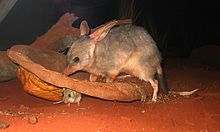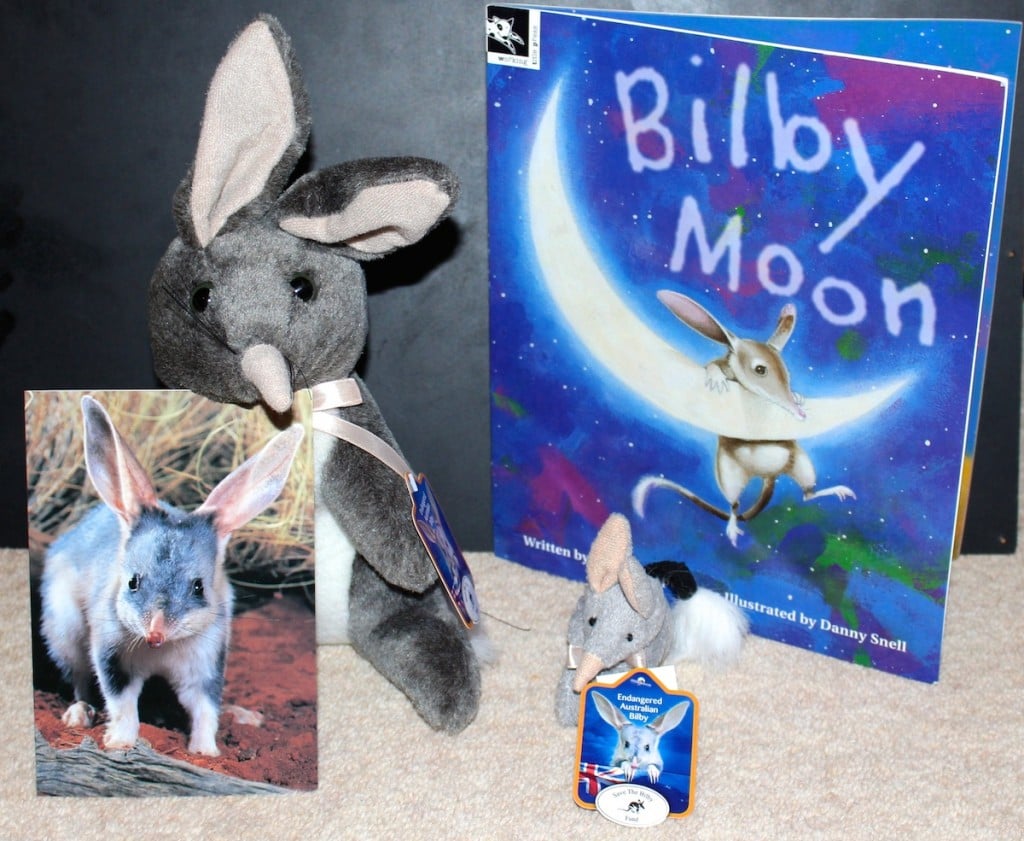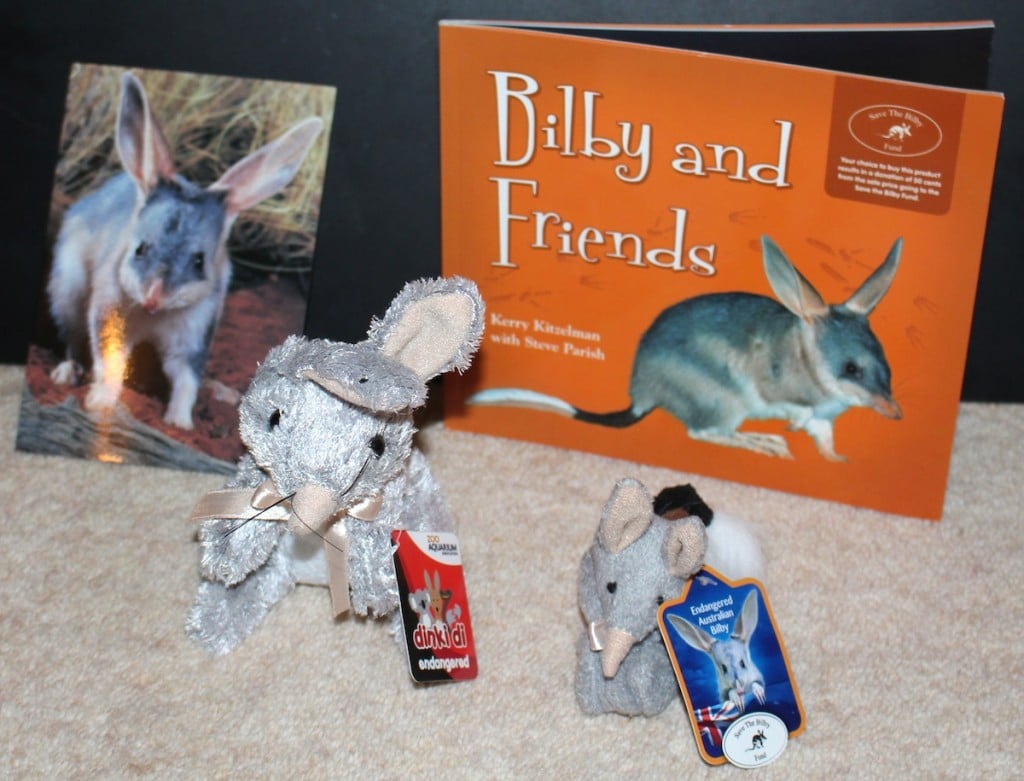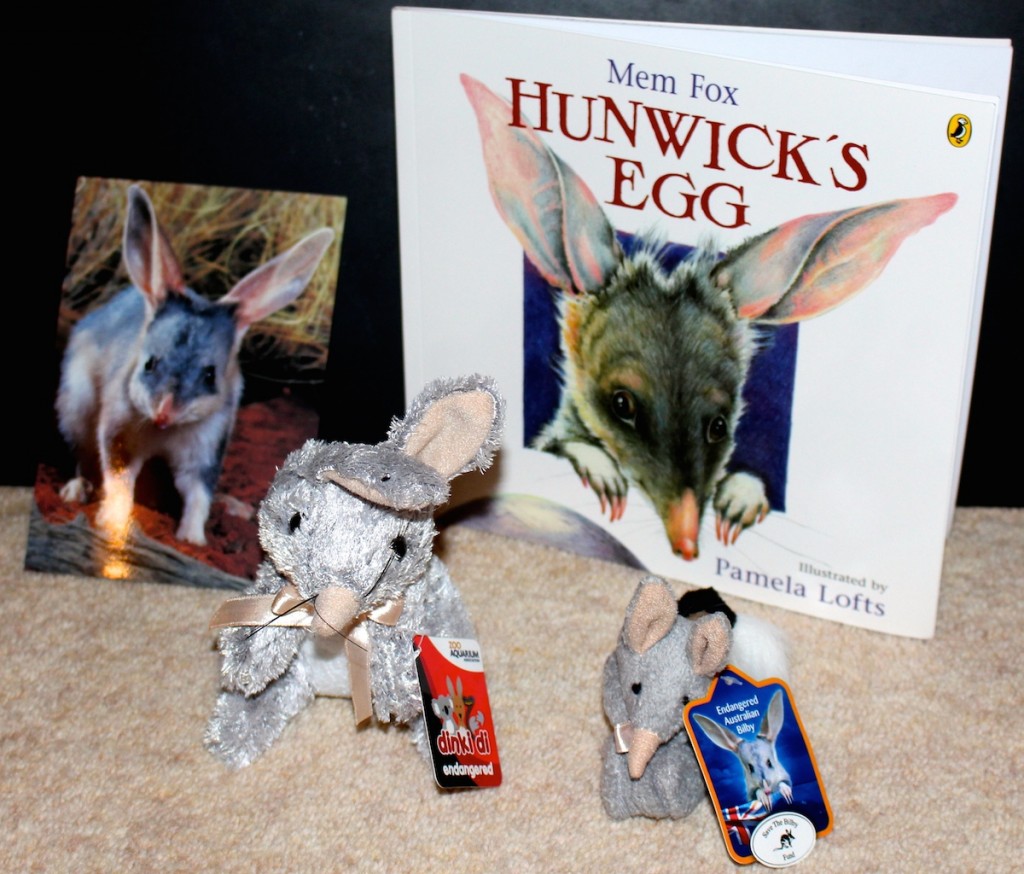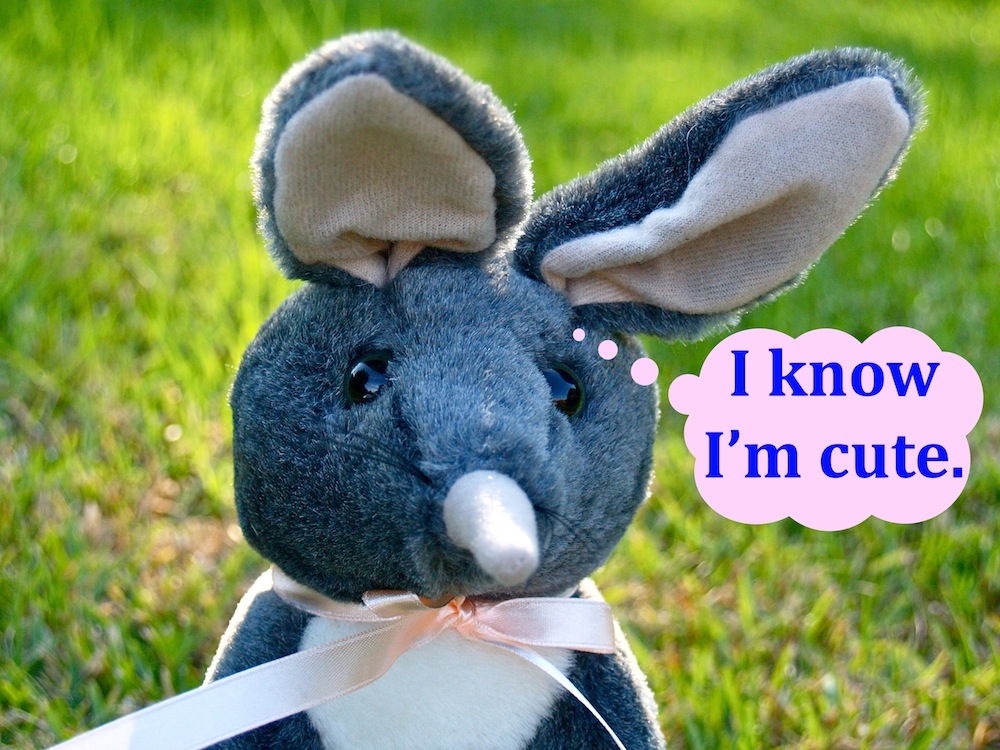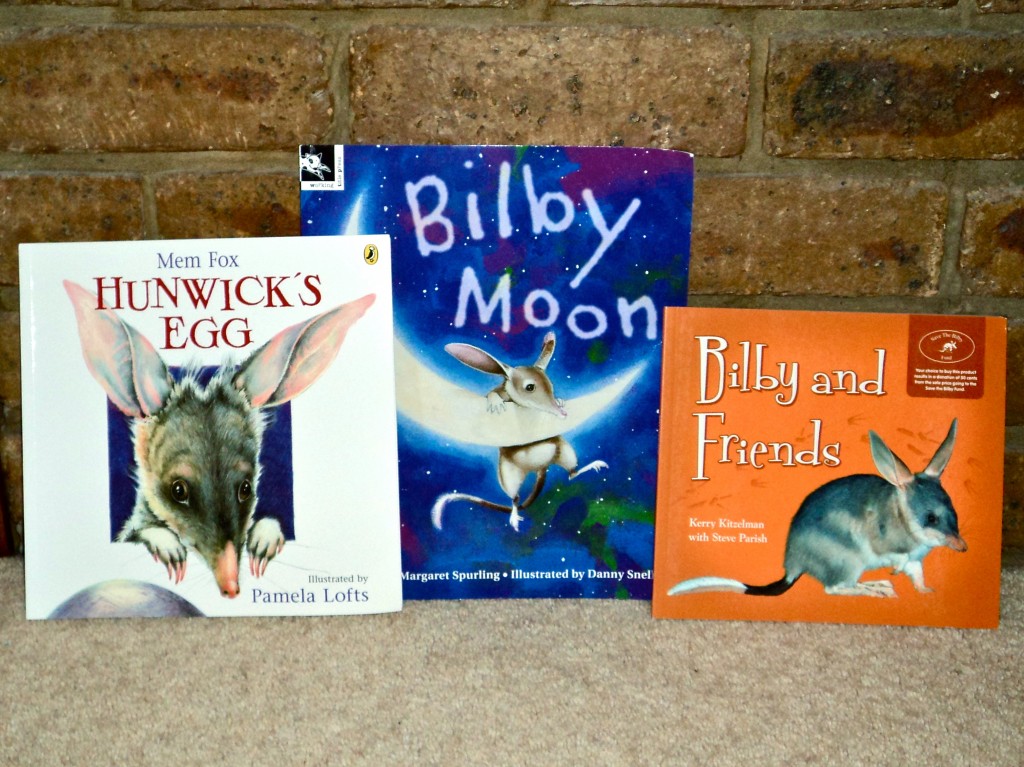To see the Battalion Bloggers post...
Hello Battalion Bloggers,
In your reply to my comment, there seems to have been interest in the chocolate treat available for Easter in Australia, namely the chocolate Easter Bilby. I thought I would find what I could buy to photograph for you to see. Below are two photos of an Easter Bilby. This one is packed with 150g of chocolate. You can see 30c from each sale goes to the Save the Bilby Fund.
The Save the Bilby Fund site also has information about bilbies as well as photos of bilbies. They are very cute little marsupials and, in my opinion, much cuter than rabbits. No, their site does not sell chocolate bilbies and it would be a long way for the Easter Bilby to travel to drop off chocolate bilbies in Canada. 🙂
April 9 - The secret is now out. With their fascination for the bilby, the Battalion Bloggers were sent three chocolate Easter Bilbies for Easter. As you can see in the pictures below, 30c from each was donated to the Save the Bilby Fund.
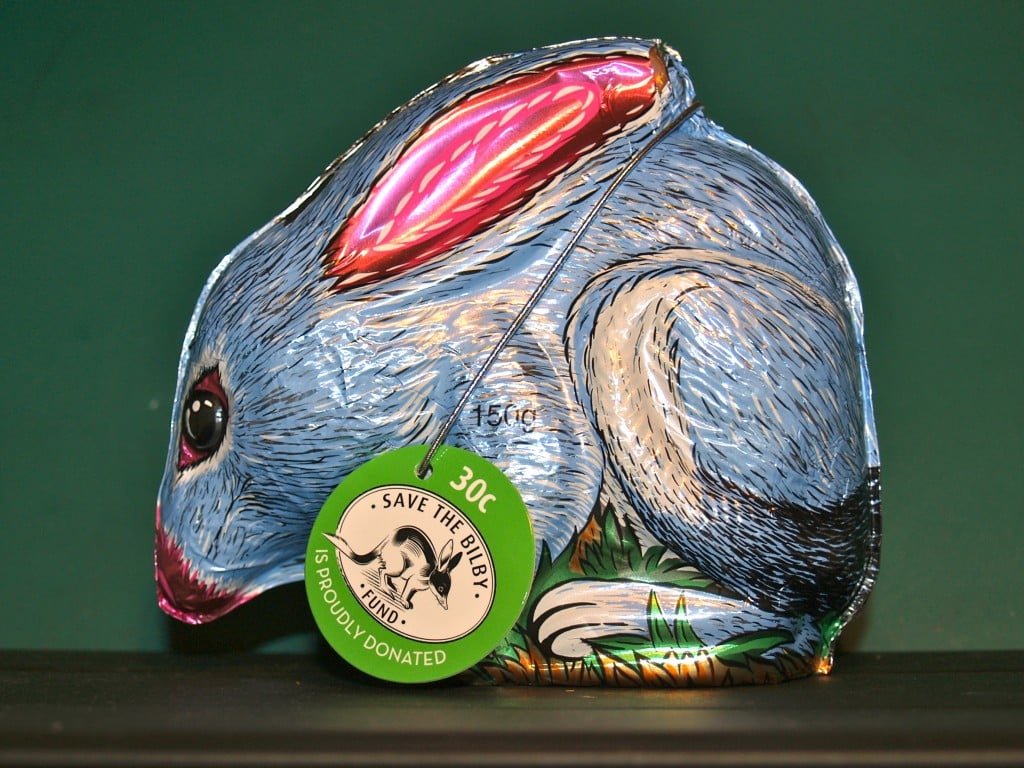
Schools and students have permission to use this graphic for non-commercial, educational purposes.

Schools and students have permission to use this graphic for non-commercial, educational purposes.
A Visit to Mogo Zoo
I mentioned to Peng Peng I had visited Mogo Zoo recently so I thought I would share some photos I had taken on that day. Animals are fascinating and I am always looking out for more photos to add to my collection. All of the below photos were taken by me and I am giving permission for schools and students to use them graphic for non-commercial, educational purposes.
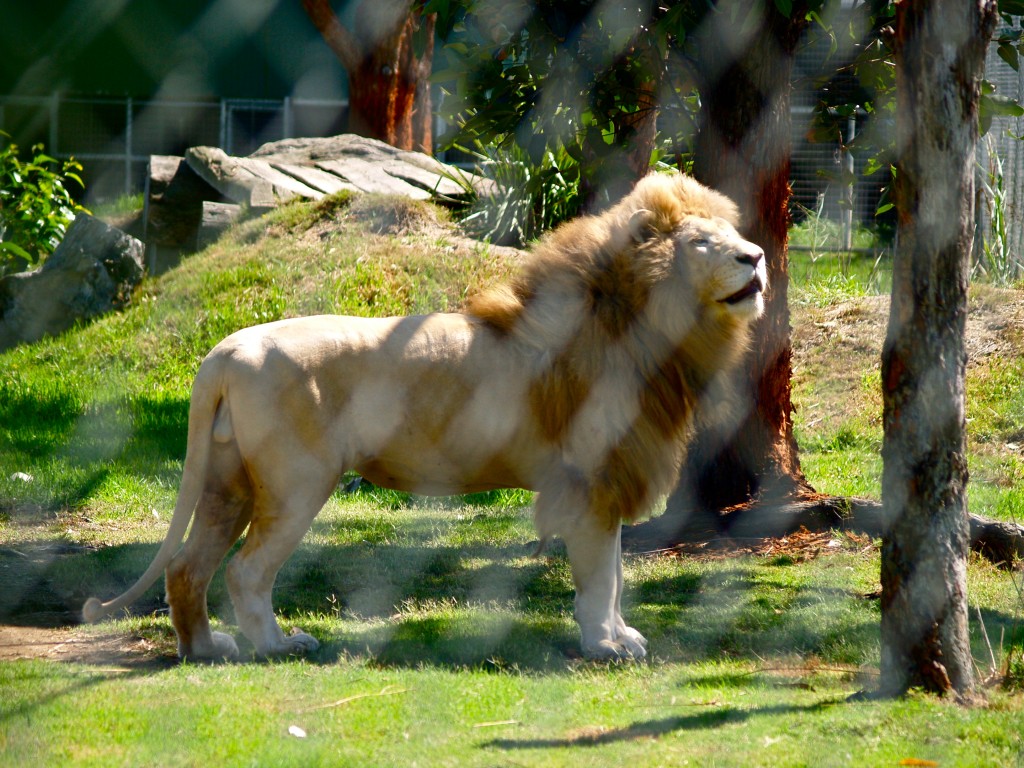
Schools and students have permission to use this graphic for non-commercial, educational purposes.
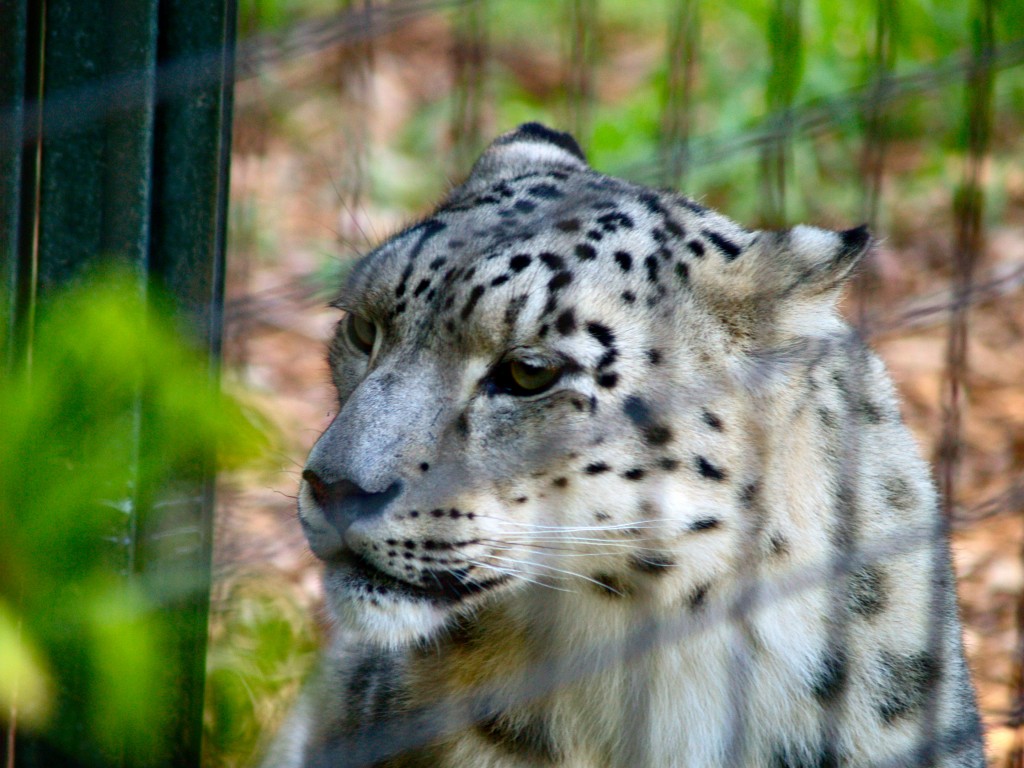
Schools and students have permission to use this graphic for non-commercial, educational purposes.
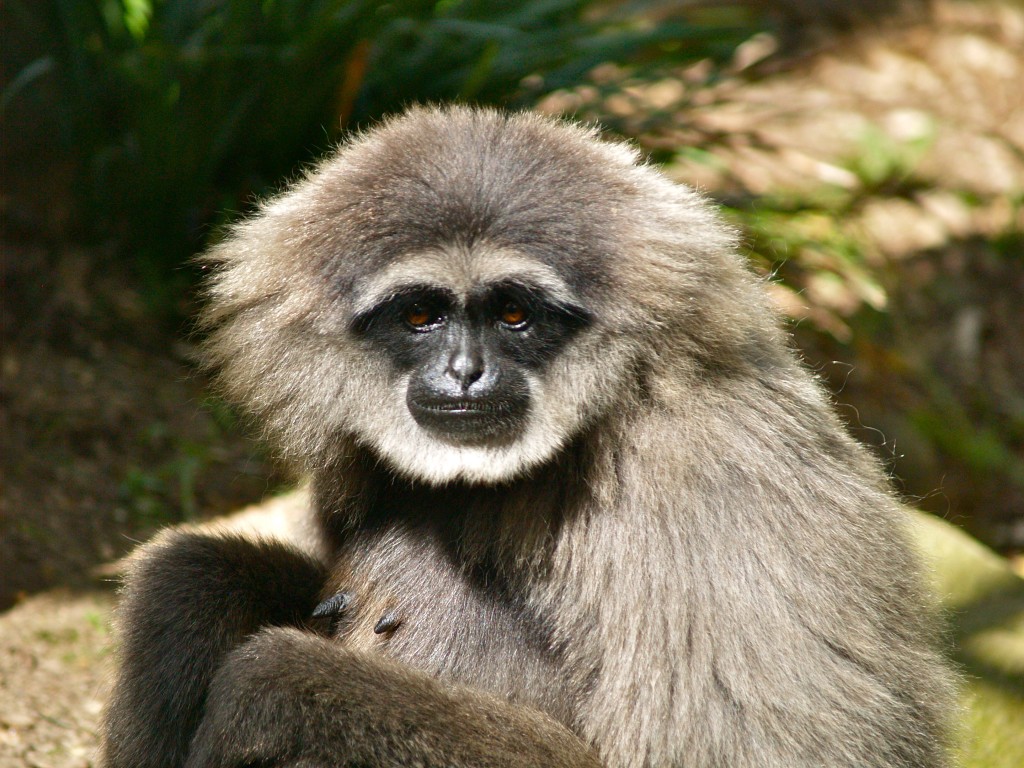
Schools and students have permission to use this graphic for non-commercial, educational purposes.
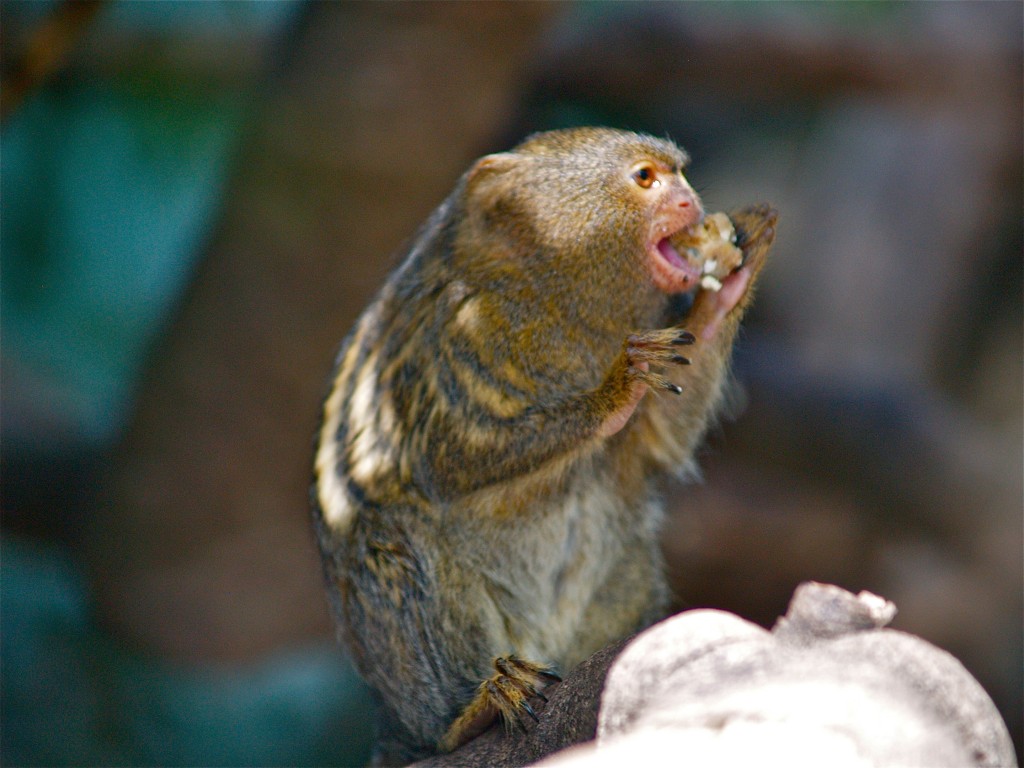
Schools and students have permission to use this graphic for non-commercial, educational purposes.
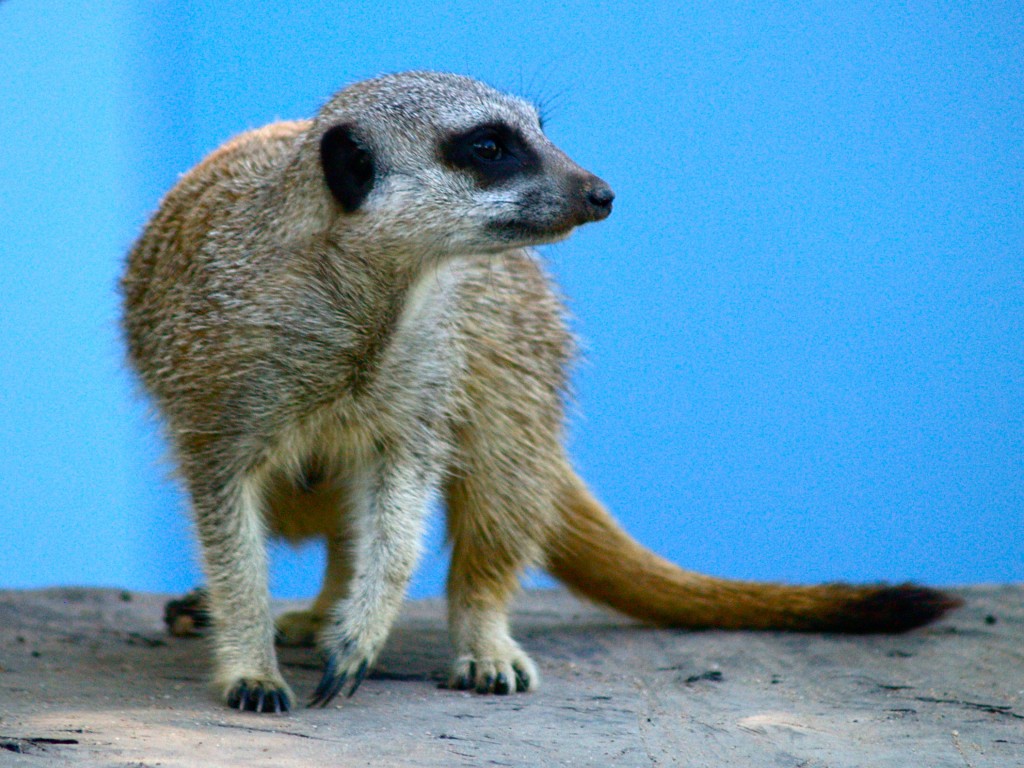
Schools and students have permission to use this graphic for non-commercial, educational purposes.
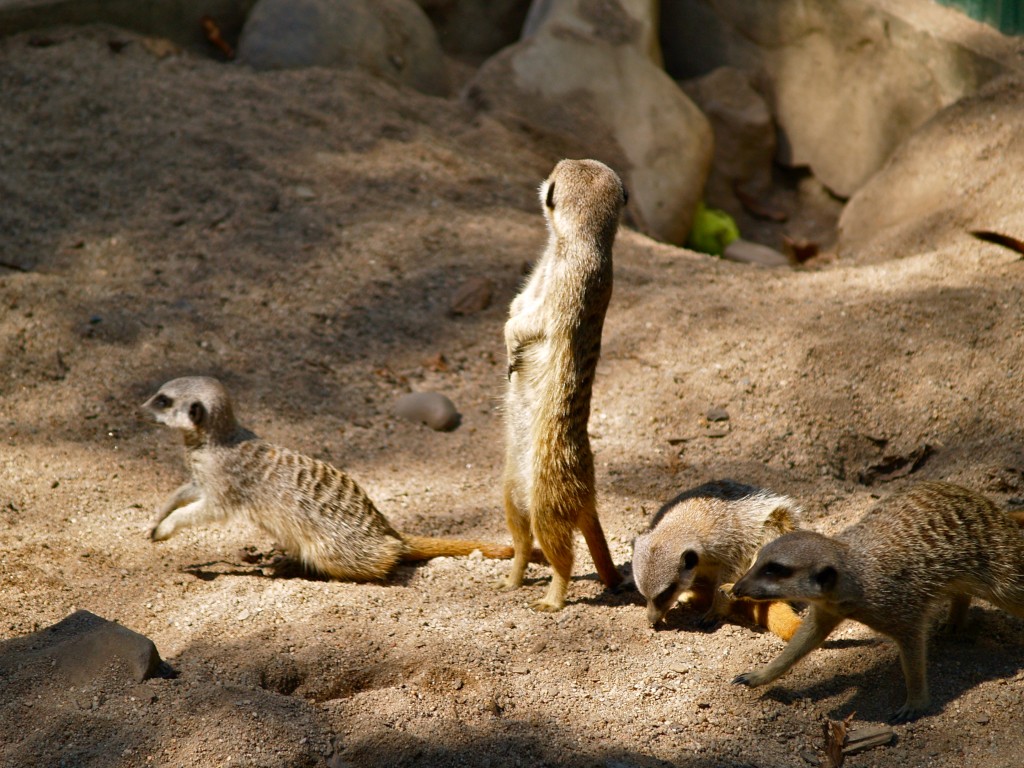
Schools and students have permission to use this graphic for non-commercial, educational purposes.
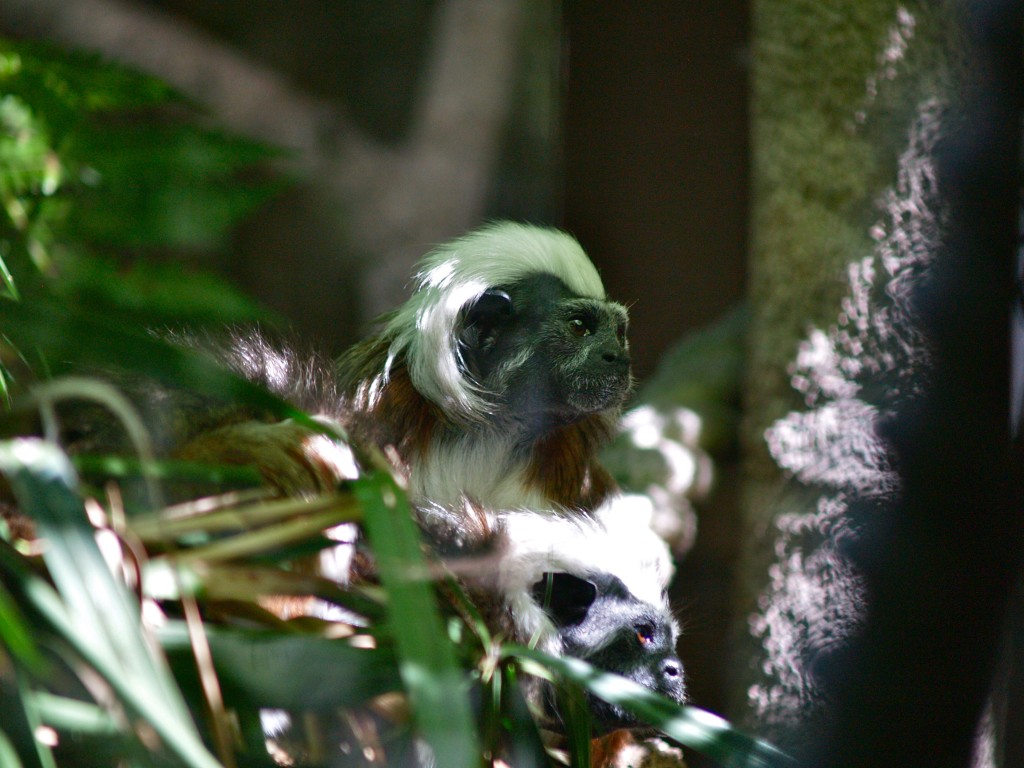
Schools and students have permission to use this graphic for non-commercial, educational purposes.
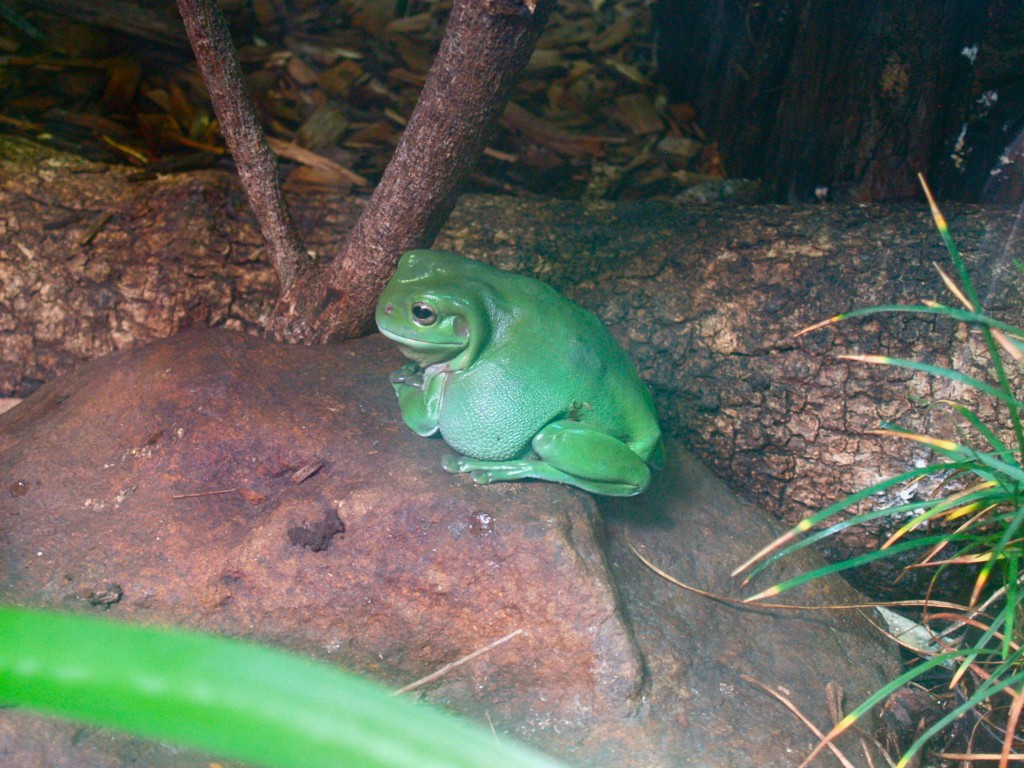
Schools and students have permission to use this graphic for non-commercial, educational purposes.
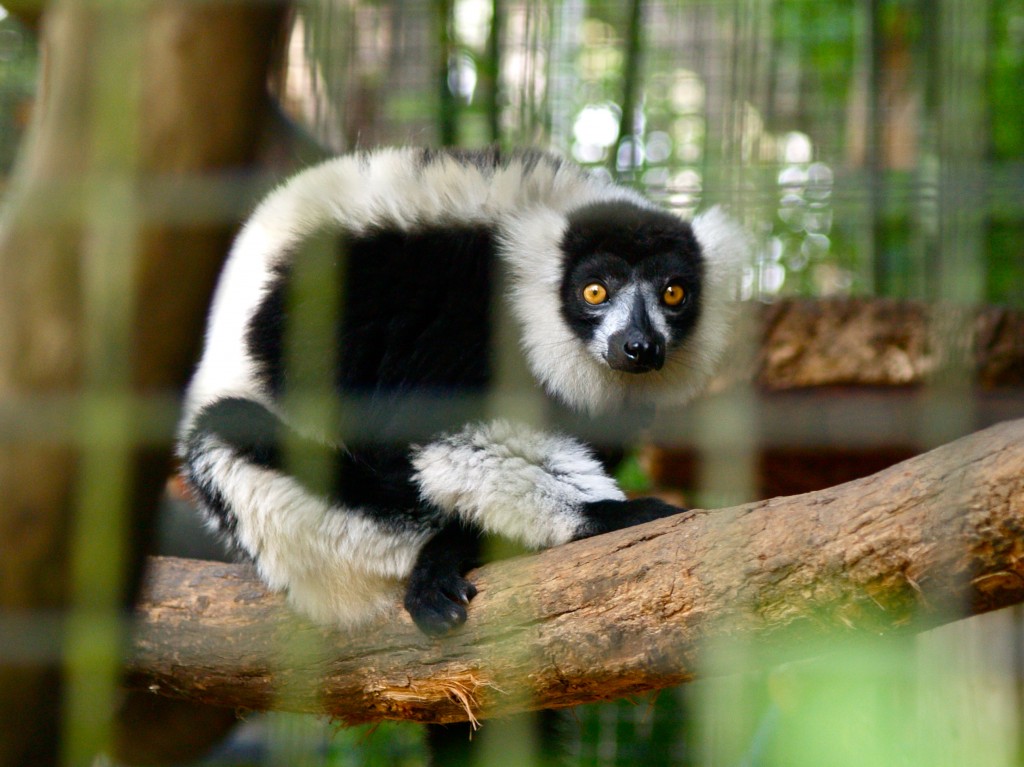
Schools and students have permission to use this graphic for non-commercial, educational purposes.
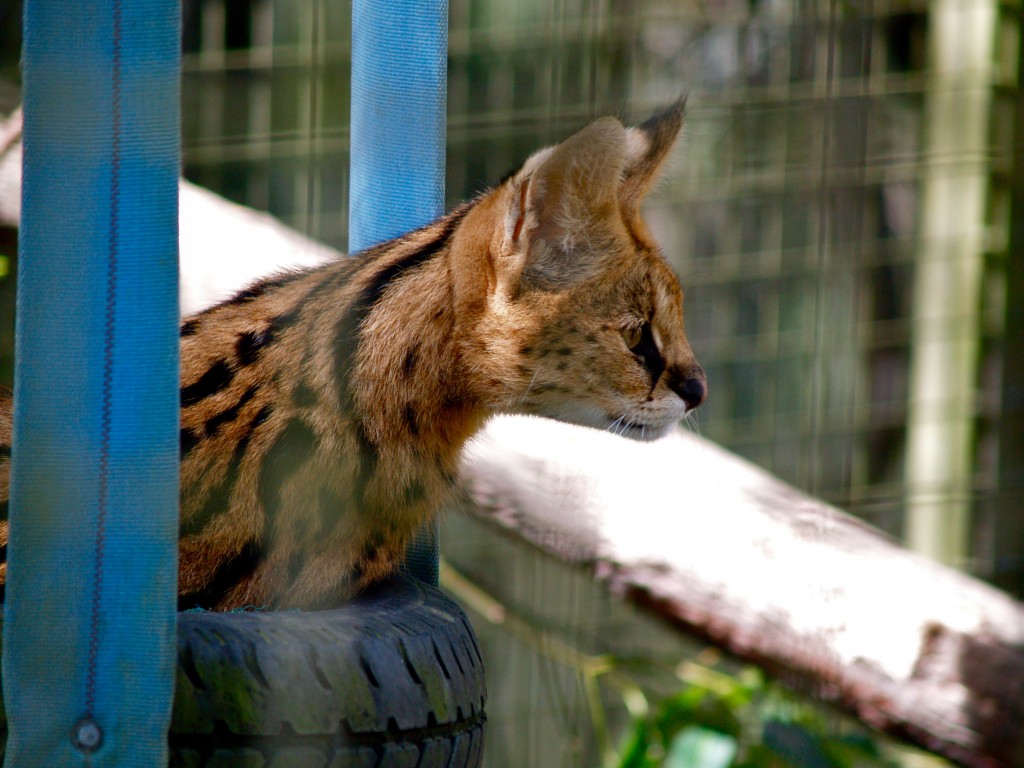
Schools and students have permission to use this graphic for non-commercial, educational purposes.

